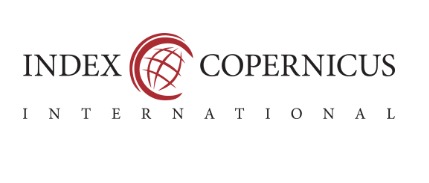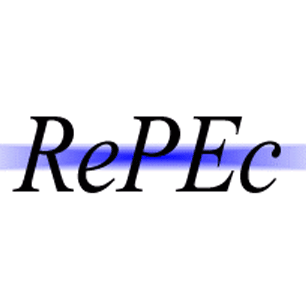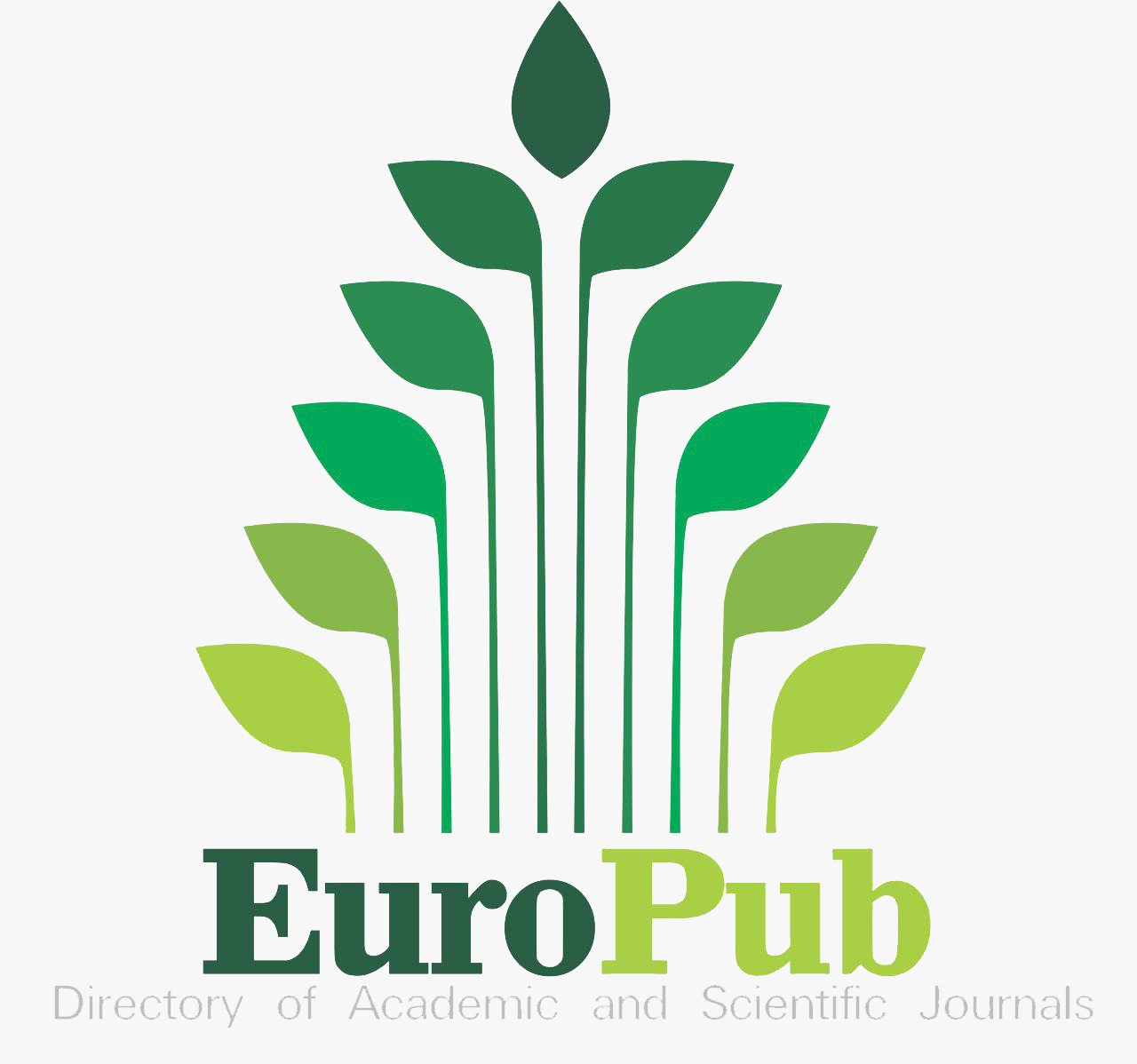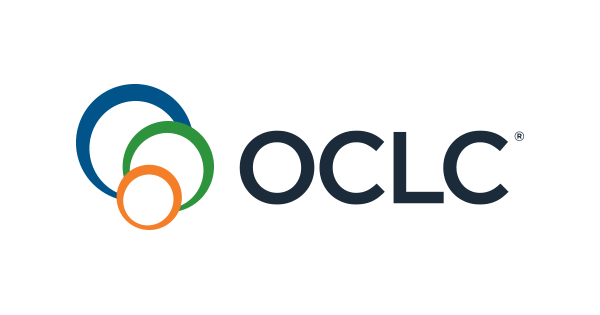Evaluating The Communicative Approach in Arabic Language Learning: A Case Study at a Secondary School in Indonesia
Abstract
Aim: Learning Arabic in Indonesia is still focused on traditional methods that pay more attention to language structure (grammar-based) rather than the ability to communicate genuinely. The application of the communicative approach in this study aims to enhance the skill of oral communication. This study is a deep study on the implementation of the communicative curriculum in the two-year credit hour system program at Zain Al-Hassan Qanqoun Model High School. This research was characterized by revealing the limitations and opportunities to apply this curriculum within an intensive time frame, which has not been explicitly discussed in previous research. This study also assesses the difference in students’ achievement in a competitive learning environment with a heavy academic load.
Methodology: The data was obtained through deep interviews, direct observation, and document analysis.
Findings: The results of the research showed that the communicative curriculum is able to drive an improvement in students’ abilities in speaking Arabic, but time constraints and imbalance in learning facilities constitute a major obstacle in the overall learning process.
Implications/Novel Contribution: This study makes recommendations for improving the communicative curriculum in the context of the credit hour system, through adaptive pedagogical innovations more appropriate to dynamic educational situations.
References
Alfayez, A. F. (2022). Saudi teachers’ self-efficacy in implementing the arabic language integrative curriculum. Education Research International, 2022(1), 6823935.
Alwasilah, A. C., & Furqonul, A. (1996). Communicative language teaching: Theory and practice. Bandung: Rosda Youth Work.
Andri, A. (2023). Human resource management in improving teacher competence in the classroom credit system semester program 2 years at state islamic senior high school 1 mojokerto. Education Achievement: Journal of Science and Research, 49-56.
Arifin, S., Nisa, M., & Suparno, D. (2023). Arabic language and coaching: Efforts to students’ completion in master of arabic education.
Arikunto, S. (2010). Research procedures: a practical approach. jakarta: pt rineka cipta. atipah. 2016. factors that influence community interest in participating in the jamkesda program in banjarlor village, banjarharjo district, brebes regency. Unpublished doctoral dissertation, Thesis, Semarang State University.
Falaqi, R. (2020). Educational evaluation: Specifications of a good test. TSAQOFIYA: Jurnal Pendidikan Bahasa dan Sastra Arab, 2(2), 160-175.
Gunawan, H. (2023). Mardhâtillâh as the final purpose of islamic education. Jurnal Penelitian Pendidikan Islam, 10(2), 111.
Hidayat, A. F. S., & Anggraini, F. Z. (2020). Arabic language education study program, faculty of tarbiyah and teacher training, alauddin state islamic university, makassar. Shaut Al-’Arabiyah Journal, 8(1).
Holmes, J., & Wilson, N. (2022). An introduction to sociolinguistics. Routledge.
Huda, N. (1987). Audiolingual vs. communicative method: A comparison, paper presented at the linguistic meeting of the atmajaya language institute, atmajaya catholic university, jakarta, september 1987, p. 308. ibid, h. 75.
Husni, Y., & Ratnasari, L. (2023). Using a communicative approach in learning speaking. Strata Social and Humanities Studies, 1(2), 169-175.
Jack, C. (2000). Richards and theodore s. Rogers,” Trends and Directions in Language Teaching”,(1987: 308).
Molla, N. L. (2018). Communicative language teaching (clt) approach towards speaking ability. English Focus: Journal of English Language Education, 2(1), 10-24.
Muradi, A. (2014). Pendekatan komunikatif dalam pembelajaran bahasa arab. Arabiyat: Jurnal Pendidikan Bahasa Arab dan Kebahasaaraban, 1(1), 29-48.
Nasution, M. (2022). Data analysis techniques for problem-based learning model development and rewarding elementary linear algebra. Logaritma: Jurnal Ilmu-ilmu Pendidikan dan Sains, 10(01), 95-116.
Richards, J. C., & Rodgers, T. S. (2014). Approaches and methods in language teaching. Cambridge university press.
Soro, S. H., Ermya, J., & Salman, J. (2023). Penerapan pendekatan komunikatif dalam meningkatkan keterampilan berbicara bahasa inggris (studi kasus pembelajaran bahasa inggris dalam perspektif pendidikan nilai). EDUKASIA: Jurnal Pendidikan dan Pembelajaran, 4(2), 1681-1686.
Verhoeven, L., & Snow, C. E. (2001). Literacy and motivation: Reading engagement in individuals and groups. Routledge.
Zainuri, A. (2022). Implementation of the semester credit system (sks) in madrasah aliyah on religious character in the industrial revolution era 4.0. scaffolding. Journal of Islamic Education and Multiculturalism, 4(2), 564-580.

This work is licensed under a Creative Commons Attribution-NonCommercial 4.0 International License.






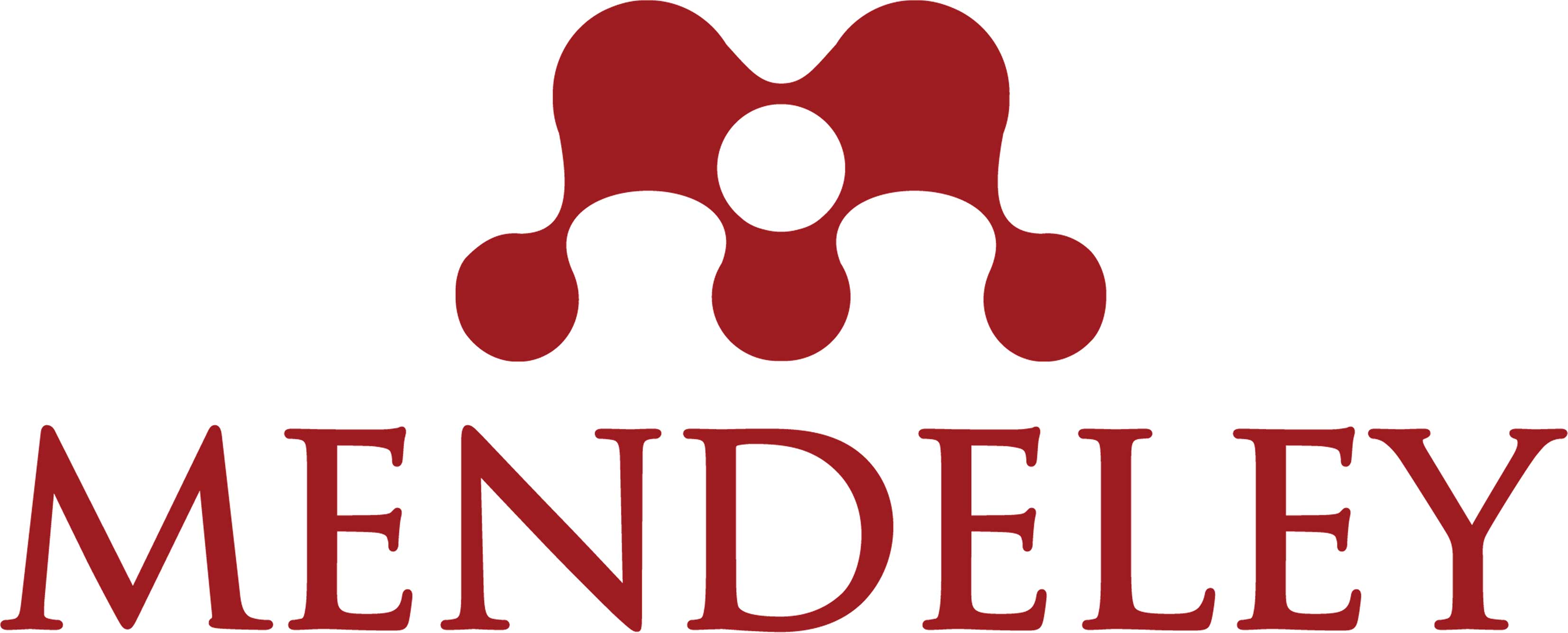



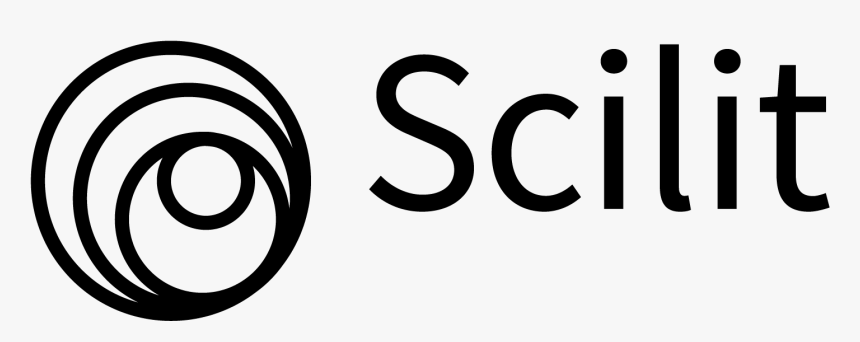
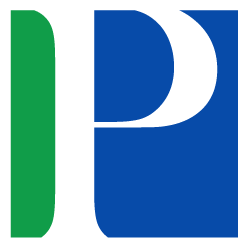
.png)
